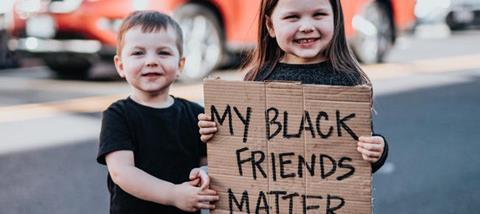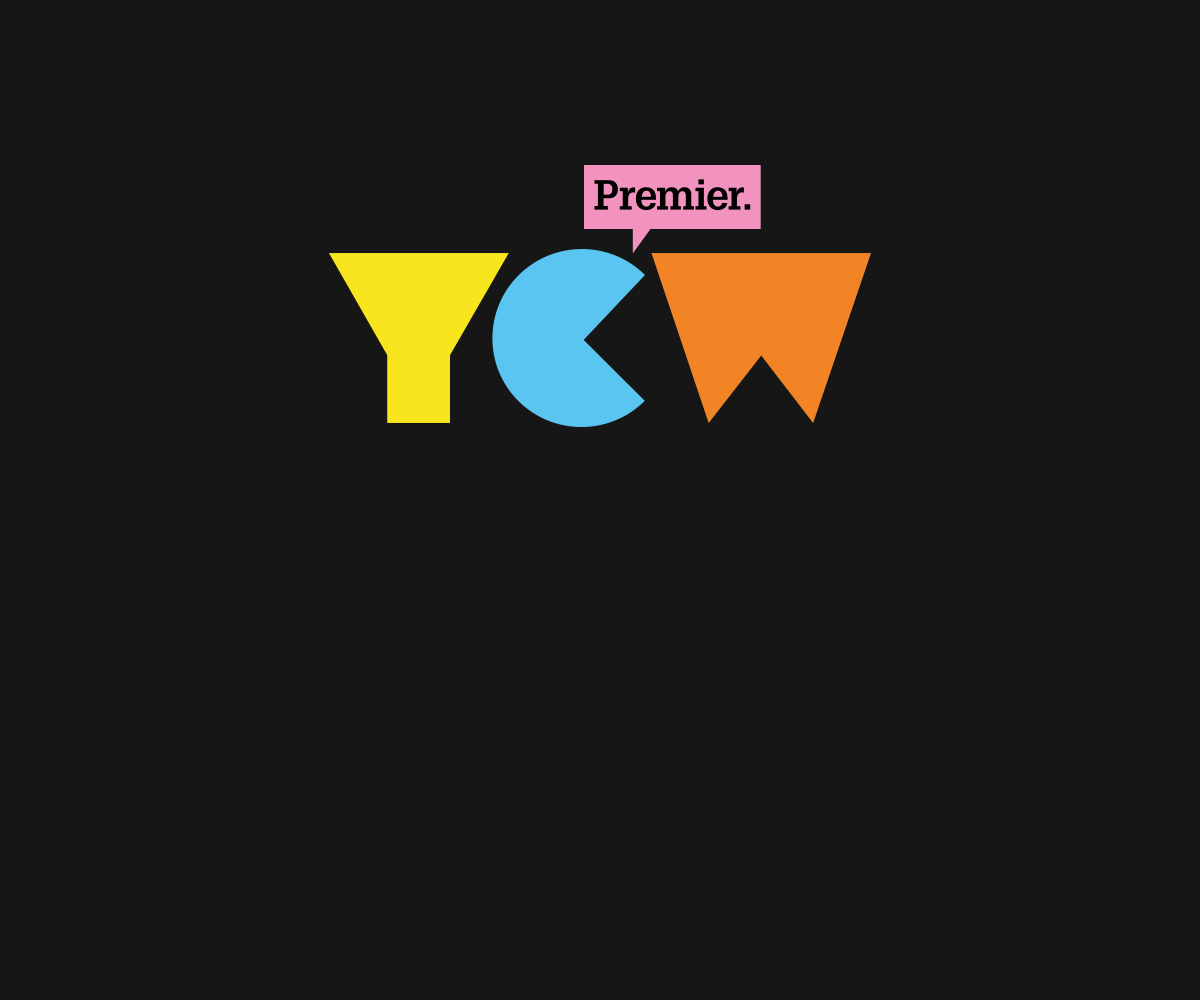
Peaceful protests, mass marches, and portrayals of violence. Petitions, political speeches, and demonstrations. The last two weeks have seen movements advocating for an end to racial inequality on a mass scale. Yet, current affairs aren’t always tangible or immediately clear, especially from a child’s perspective. Many children may have questions about the images, stories, and conversations they hear on the news and around them. We can’t solely rely on schools to ensure children fully understand the Black Lives Matter movement and the issues that fuel the movement.
As parents, if we haven’t already, it is also our responsibility to engage in positive and open discussions about race and racism with our children at home.
Perhaps race has always been a topic of regular discussion in your family, or perhaps you feel unsure about how to approach the topic of race with your family. Perhaps you grew up never talking about race, or perhaps you regularly face discrimination. Racism and race is not a one-conversation topic, and we simply hope to provide the foundations of good places to start and help empower families to work towards racial equality.

What is the Black Lives Matter (BLM) movement?
In 2012 an African-American 17-year old Trayvon Martin was killed by a member of neighbourhood watch, George Zimmerman. The police told Zimmerman not to pursue Trayvon for looking suspicious, he didn’t listen and fatally shot him. There was a lot of racial bias during the trial and Zimmerman was acquitted for the crime. In response, Black Lives Matter was formed.
The movement seeks to “eradicate white supremacy, stop violence inflicted on Black communities, and create a safe space for Black communities, imagination, and innovation.” It speaks out against police brutality and unaccountability, not solely with regard to George Floyd, but also Breonna Taylor, Ahmaud Arbery, and the thousands of victims wrongly treated by the police. Whilst it is not a new movement, its message is central to the present anti-racist movement. The statement "Black Lives Matter" refers to a Twitter hashtag, an anthem, a slogan, a social movement, or movements and groupings for racial justice. It has grown to become a global movement - an international human rights movement - to combat racism in modern-day society. But, how do we explain this to our children?
When we explain BLM to children, you’re not saying that nobody else matters. However, by encouraging ‘all lives matter’ as parents we risk taking away the real difficulty felt by Black communities.
There are child-friendly analogies to help children understand Black Lives Matter:
1) Imagine if you broke your leg and had to go to the Doctor. You would want to tell the Doctor that right now, your leg was in pain. Whilst ALL your bones matter, right now, it’s your leg that needs attention.
2) Imagine you were running a race to raise money at a cancer fundraiser, and someone said to you 'But don't all diseases matter?' Of course they do, but right now, it's cancer that needs funding
How do I explain George Floyd to my children?
Perhaps, prior to the death of George Floyd, you viewed racism as something ‘of the past’ or ‘something that doesn’t happen here.’ When talking about the tragedy of George Floyd, it’s important to emphasise that racism hasn’t suddenly appeared from nowhere. Your children might ask why so little was done before.
For younger children: Explaining the current events can be made comprehensible through a child-friendly lens. How would your child feel if their friend said something mean to them or pushed them because of something they couldn’t control? What if they then did it again, even after he/she asked them to stop? And then again, and no one at school helped them? Eventually, they would feel upset and angry. In some ways, this is like the George Floyd tragedy. Incidents of bad behaviour and mistreatment have happened regularly for decades, and no matter how many times people said ‘stop’ or asked for help, little was done. George Floyd’s death was the straw that broke the camel’s back. Younger children may find it difficult to understand police brutality, so it’s important to explain that while police officers should be kind and helpful, this is not always the case, and link it back to the notion of ‘fairness.’
This can also be a good time to teach children about prejudice and that we should never judge a person’s character by their physical appearance. Often in our society, and consequently the policing system, there are presumptions of what a “dangerous” person looks like, which has fueled many of these acts of police brutality. We should remind our children that a person with a darker skin colour should not be associated with negative characteristics such as being dangerous or unkind, and that we should never judge a book by its cover.
For older children: With a greater understanding of the world and events around them, as parents, we can expand on this to teach our children history of race and racial injustice present in modern-day society. We should make sure our children understand that the effects of the slave trade did not just stop at its abolition, but its effects are still seen and felt today.
It’s important to know about global events, current injustices, previous injustices, and cases in which people speak out such as (but not limited to): Apartheid in the Republic of South Africa (RSA), figures such as Martin Luther King, Malcolm X, Nelson Mandela, Rosa Parks, Windrush in the UK, the American Civil War, examples of everyday discrimination: eg.) CV responses with ‘black’ sounding names being less likely to be contacted, fashion industries prioritising white beauty, disproportionate stop, and searches by the police, Grenfell Tower and the role of Black soldiers in WWI and WWII & treatment post-war
This is just an extract - so to read the entire resource from the Yoopies guide to Black Lives Matter, visit their website www.yoopies.co.uk/c/blacklivesmatter.
Like what you are reading? Don’t miss a thing with the new weekly YCW app featuring the latest in news, culture, trends and resources.
|
|
|





























